5 min read
Managed IT Services In San Francisco 2020 Pricing Guide
Lance Stone : Aug 8, 2020 11:26:01 PM
On Time Tech's 2020 Managed Services Pricing Guide For San Francisco Organizations
Looking for managed services in San Francisco for your business? With so many choices and packages available, it can be difficult to compare costs among different managed services providers.
Understanding how managed services are priced helps your business choose the right plan to meet your company's pressing IT needs.
How Are Managed Services in San Francisco Priced?
There is no hard and fast way to price managed services in San Francisco. There are too many variables at play when it comes to determining how companies set prices.
Services prices are based on:
- The company's operational efficiency
- Staff skill sets and abilities
- Typical clients or industries the company targets
- Competition
- Marketing and sales costs
- Market area
Managed IT services providers usually use one of several basic pricing models. There's not one that's better than the others; companies determine which to use based on market conditions and the types of customers they serve. The three models are:
- Per Device. This model charges a flat monthly fee for each server, computer and device connected to the client's IT system. It's a good way for clients to have a predictable idea of how much their IT support will cost and makes it easy to adjust as necessary. However, it can be an expensive proposition for clients that use multiple devices (PC, laptop, smartphone or tablet). Pricing: $100-$400 per server, $50-$100 per workstation, $15-$40 per switch, $30-$75 per firewall
- Per User. This approach provides an all-device solution that makes it easier for the managed services provider and the client to manage changes as users come and go. $125-$250 per user per month
- All-Inclusive. This model is attractive to many clients as it allows them to access a full range of IT services. For clients with complex IT needs, this approach can provide the best option as it covers maintenance, monitoring, help desk, security and consulting services. Prices vary
- Tiered. With this approach, clients choose a bundle of services that include different levels of support. For clients, this approach can be an opportune way to get the services you need. However, clients that do not choose the appropriate service tier may become frustrated by additional bills for work not covered by their chosen support level. Prices vary
- Monitoring Only. If a client has an IT staff with the skills and bandwidth to address issues as they arise, a monitoring-only approach may be the right choice. A managed service provider will monitor your system and alert the client of any issues that arise, but the responsibility for resolving those issues lies with the client. $75-$100 per month
- Per hour. Clients will pay for services on demand, usually at a much higher rate than other models.
According to a 2018 benchmarking survey of managed service providers worldwide, most providers offer a combination of pricing models (62 percent). The other most common models are:
- Per device (23 percent)
- Per user (10 percent)
- Per hour (5 percent)
What Do Managed Services in San Francisco Provide?
Not all managed services plans are alike, making it difficult to compare apples to apples. Your plan may include:
- Help Desk Support. These services provide help for your computers, servers and software and can usually be managed remotely.
- Security. Protections include next-generation firewall support to detect intrusions at your system's edge and device support that includes automated anti-virus, anti-spam anti-phishing and anti-malware tools.
- Hosting. Cloud solutions allow you to store applications and data virtually, providing easy access and scalability as your company grows. Data and system backups ensure data is accessible in the unlikely case of a breach or natural disaster.
- User Management. Many managed services solutions support the onboarding of new users by arranging for purchase and delivery of computer equipment and configuration. Some companies offer email management to coordinate the coming and going of new employees on your network. Some provide vendor management to track warranties and licenses.
- Virtual CIO Many small- and medium-sized businesses do not have a full-time CIO. Managed services contracts often include strategic consulting to understand your company's future goals and help to formulate an IT roadmap that uses the right technologies for emerging business demands.
What are you most likely to find when you look for managed services? The 2018 global survey notes that in the Americas, the most commonly offered services are:
- Help-desk and desktop support (95 percent of service providers offer it)
- Server support (95 percent)
- Anti-virus tools (93 percent)
- Network and connectivity support (93 percent)
- Remote monitoring (91 percent)
- Operating system patching and updates (88 percent)
- Backup and recovery services (88 percent)
How Should I Choose My Managed Service Provider?
Choosing the right partner for your IT needs means understanding some core fundamentals of your business. Before approaching a provider, be clear on the following:
- What are the company's short-term business goals?
- What are the greatest IT challenges facing the company today?
- How skillful and expensive are the in-house staff?
- What is the competition doing that we're not?
- How do we differentiate ourselves to potential customers?
Having these questions answered brings clarity to your discussions with managed services providers.
You're also likely to find that managed services providers are paying closer attention to the customer experience. "Pricing models will continue to evolve," writes David Weeks, sales director for Canadian managed services provider SolarWinds. "Over the next two years, we're going to see a hyper-focus on the user experience.
"This is an approach we are starting to see with the largest (managed services providers), who standardize customers on a set of tools and services and hold themselves accountable for the performance," Weeks continues. "The model will become more complex, but if handled correctly, it will be more gratifying for customers and help to build trust in the provider."
Why Not Manage IT In-House Instead of Using Managed Services in San Francisco?
Some companies might be tempted to consider keeping their IT management in-house. That's a tall order for many businesses. Here are a few of the core advantages to outsourcing your IT rather than using an in-house solution:
- Lower Personnel Cost. With in-house IT staffing, you're responsible for the full employee lifecycle, from acquisition, recruitment, and hiring costs to training and professional development. With the speed at which technologies are changing and the vast number of skills required, training costs alone can be substantial. In addition, your company has to pay salaries and benefits for each employee. if key employees leave, you have the added costs of outsourcing those services in the interim, which can be expensive on an ad hoc basis.
- Lower Operational Cost. With a managed services provider overseeing large segments of your IT, you will not have to pay for the infrastructure associated with in-house solutions. Data centers housing servers need space and staffing. They also need to be powered and cooled, two utility costs can be expensive and highly variable.
- Continual Access. Managed IT solutions come with 24/7 technical support. Having trouble with your email password reset at 2 a.m.? Need assistance accessing a cloud service on a holiday? With managed IT services, you can connect to the support services you need at any time of day or night from anywhere.
- Deep Knowledge. Managed services providers develop a deep understanding of your company's needs, goals and priorities. This keen knowledge base helps them to provide advice, counsel and guidance when it comes to choosing the right solutions for your company. Over time, your managed services provider becomes an extension of your staff, anticipates needs and provides cost-effective technology solutions that propel your business forward.
On Time Tech provides managed IT services, support, and computer services in San Francisco and throughout California. We know the challenges many San Francisco businesses face and work to develop deep relationships and powerful solutions. To learn more, contact our team today.
Download our eBook
7 Mistakes You're Making Without IT Support
by filling out the form below!
Who Offers IT Services To Nonprofit Organizations In San Francisco?
Some people have entirely the wrong idea about how nonprofits work.

Which Walnut Creek IT Services Company Supports Local Business?
Why Does It Make Sense to Outsource IT Services?







.png?width=288&height=123&name=Valeo-Logo-White%20(1).png)